Whenever I have a few hours to myself (or whenever I steal a few hours!) I grab my camera, a snack and a bottle of water and hop in the car. Typically I’ll pick a destination in advance, usually selecting a historic district I haven’t seen before.
Such was the case recently when I went to the Tariffville Historic District in Simsbury, CT. There are a few historic districts in Simsbury, but when I saw the words “mill town” describing Tariffville it grabbed my attention.

Mill towns bring me back to a different time and this was no exception. Exiting my car the first thing I heard was the rushing water of the Farmington River which was a key factor in Tariffville’s development. Originally called The Falls after the river rapids in the area, the village of Tariffville was born along with the Tariff Act of 1824.
The Tariff Act of 1824 imposed exorbitant tariffs on expensive imported higher quality wool, and so domestic manufacturers were incentivized to use lower quality domestic wool to weave woolen carpets. The first carpet mill in America was constructed in Tariffville in 1825, the Tariff Manufacturing Company.

The site for the mill was ideal with the water power provided by the Farmington River, but a mill also needs employees. The mill owners built housing close by to attract people and soon Tariffville became a thriving village.
As I explored the area, I wandered down a side street off to one side of the mill. There were only four homes on the street, all on the same side overlooking the river down below.
Researching Tariffville later (why don’t I do this before visiting??) I was excited to learn that these four Greek Revival beauties were built for mill supervisors and their families, explaining their more “upscale” architectural style and prime location.


A number of other architectural styles are represented in the former mill town, which is on the National Register of Historic Places. Six Carpenter Gothic style homes are sprinkled about the town which is an architectural style found less frequently in Connecticut.
I wonder who built and lived in these Gothic homes? I find the style to be so feminine and romantic in a way, and not something I would envision in a bustling industrial village.

The population of Tariffville rose and fell over the years along with the mill’s successes and failures, and while the carpet business survived for a few decades it ultimately fell by the wayside and tobacco became the chief industry in the village.
Tariffville is a “Census Designated Place” or CDP within the larger town of Simsbury, CT, which is why its population is tracked separately. As of 2010, its population was 1,324 and at its peak it likely had over 2,000 residents.


One incident in Tariffville’s history launched the village into the headlines. On January 14th, 1878, the Great Tariffville Train Wreck occurred. At 10 p.m., a span of the Tariffville bridge gave way sending a Connecticut Western Railroad train into the river 20 feet below.
The train had two locomotives and eight passenger cars full of people, many of whom were returning from a Protestant revival meeting in Hartford featuring well-known evangelist Dwight L. Moody.
The accident killed 15 and injured 70 and ultimately was the downfall of the railroad line which entered into bankruptcy in 1880. For some excellent photos of the wreck and a more detailed history, look here.

Over the years the mill industry in Tariffville fell by the wayside, partially aided by a fire in the 1860’s which destroyed many mill buildings as well as newer technologies which changed the manufacturing process.
Today, Tariffville is a quiet area in the town of Simsbury with many residents working outside of the village unlike its earlier history. The mill building has become home to a number of businesses, including the highly acclaimed restaurant The Mill at 2T.

While the fine dining at Mill at 2T requires reservations well in advance and offers an ever-changing menu of seasonal items, a more casual option is The Cracker Barrel Pub featuring craft brews and live entertainment along with outdoor patio seating.
Finally, I would be remiss if I didn’t mention what an incredible destination Tariffville is for those who love outdoor activities. The rushing waters of the Farmington River remains a focus with the Tariffville Gorge being very popular with whitewater rafters and hikers alike.
Just remember…you don’t have to travel far to travel! Wherever you live, get out and explore your local area.
If you enjoyed this post, you might enjoy 7 Little Known Facts About Windsor, CT or Afternoon Date in Hartford’s West End.
Don’t miss a post! Please consider subscribing via e-mail or RSS or follow along on Bloglovin’.

My name is Deb Cohen, and I am a lifelong resident of Connecticut, a lover of all things historic and New England, and a realtor who helps buyers and sellers achieve their real estate goals and dreams. When I’m not working, I enjoy life with my husband, our two adult children, and our two rescue pups. Renovating and decorating our historic home, dating to 1800, is another favorite pastime.

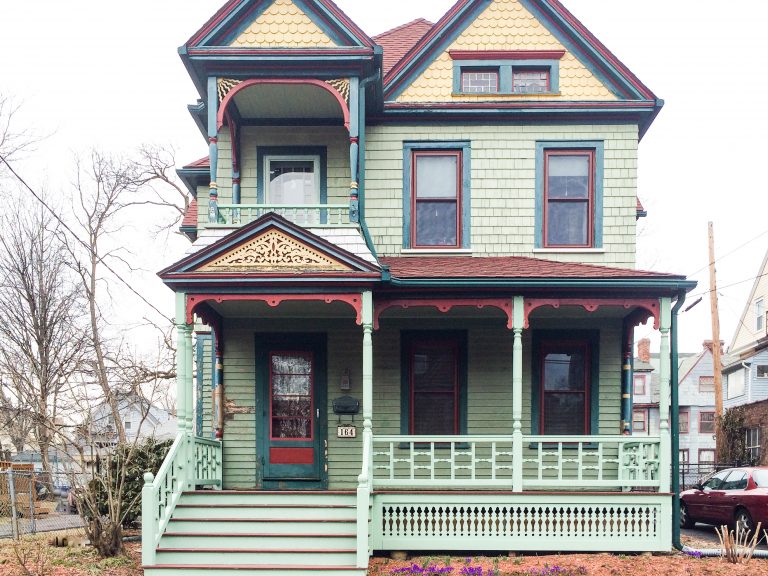
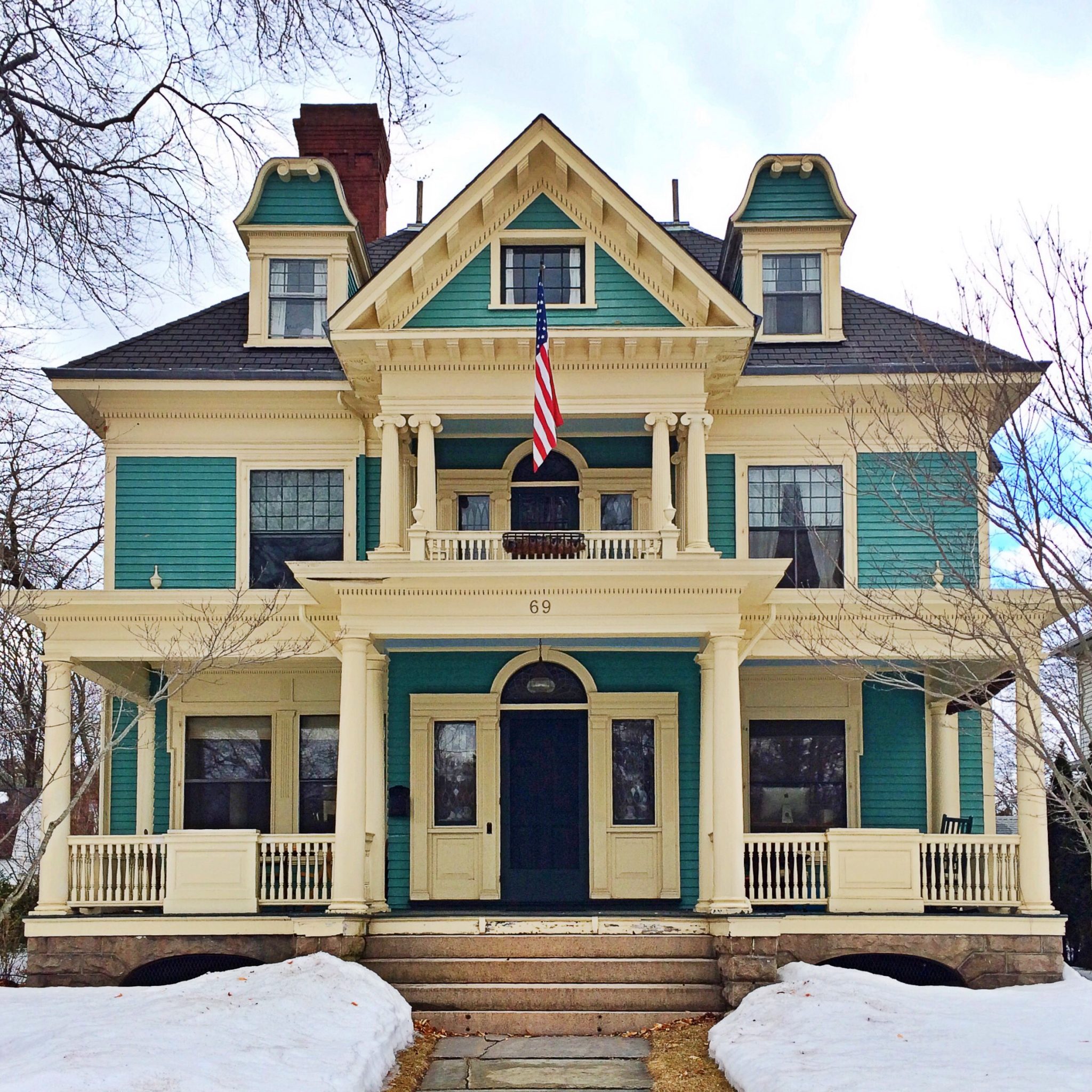
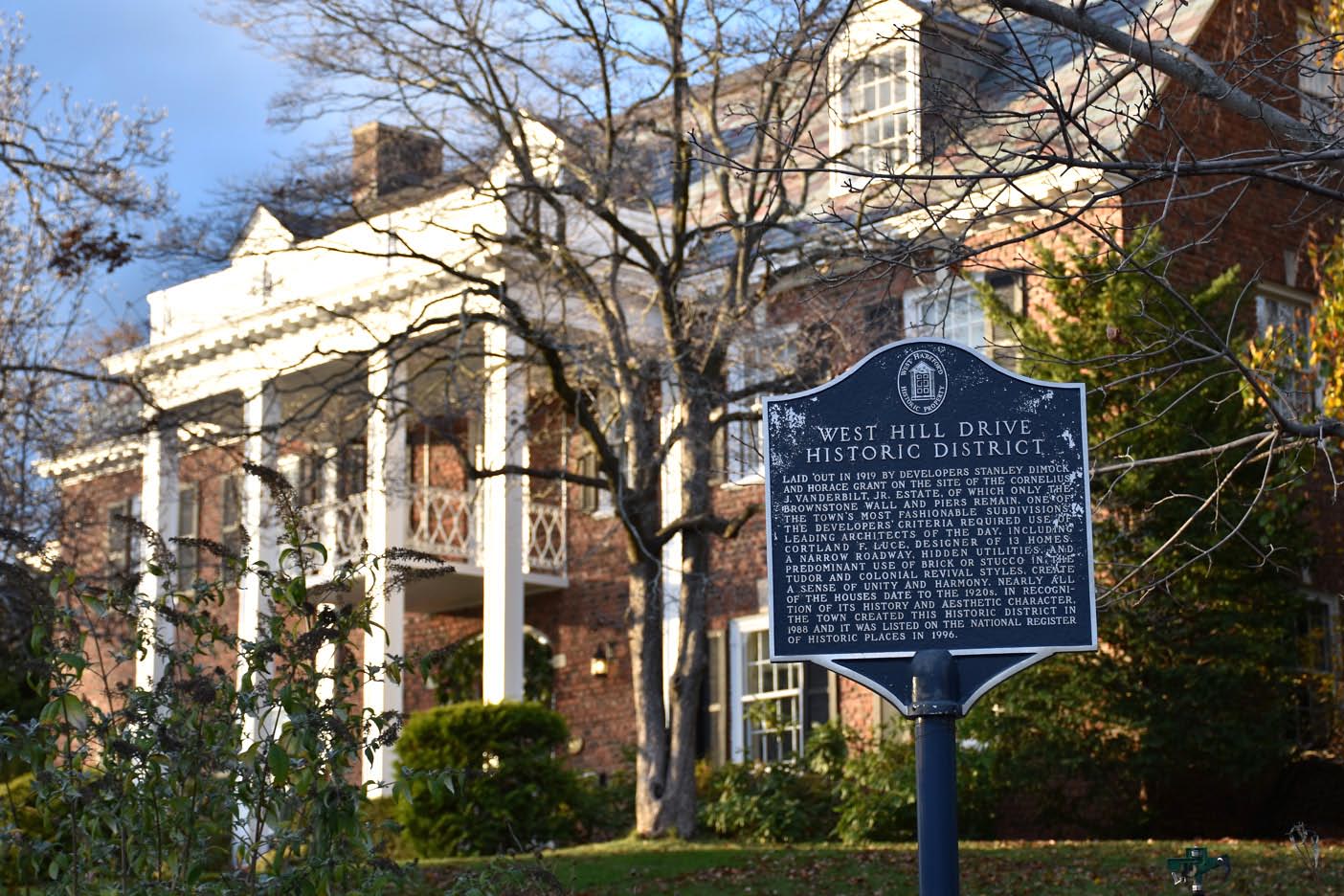
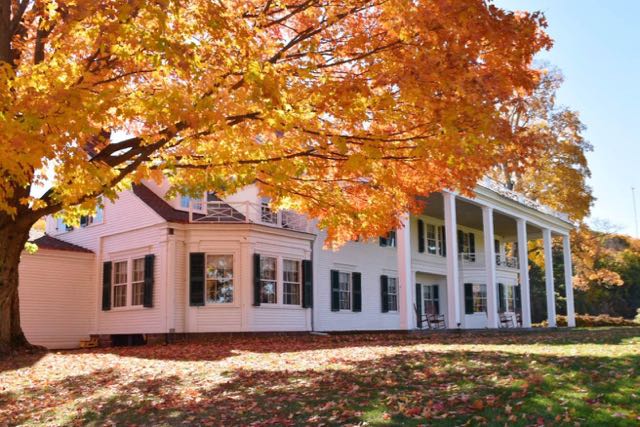

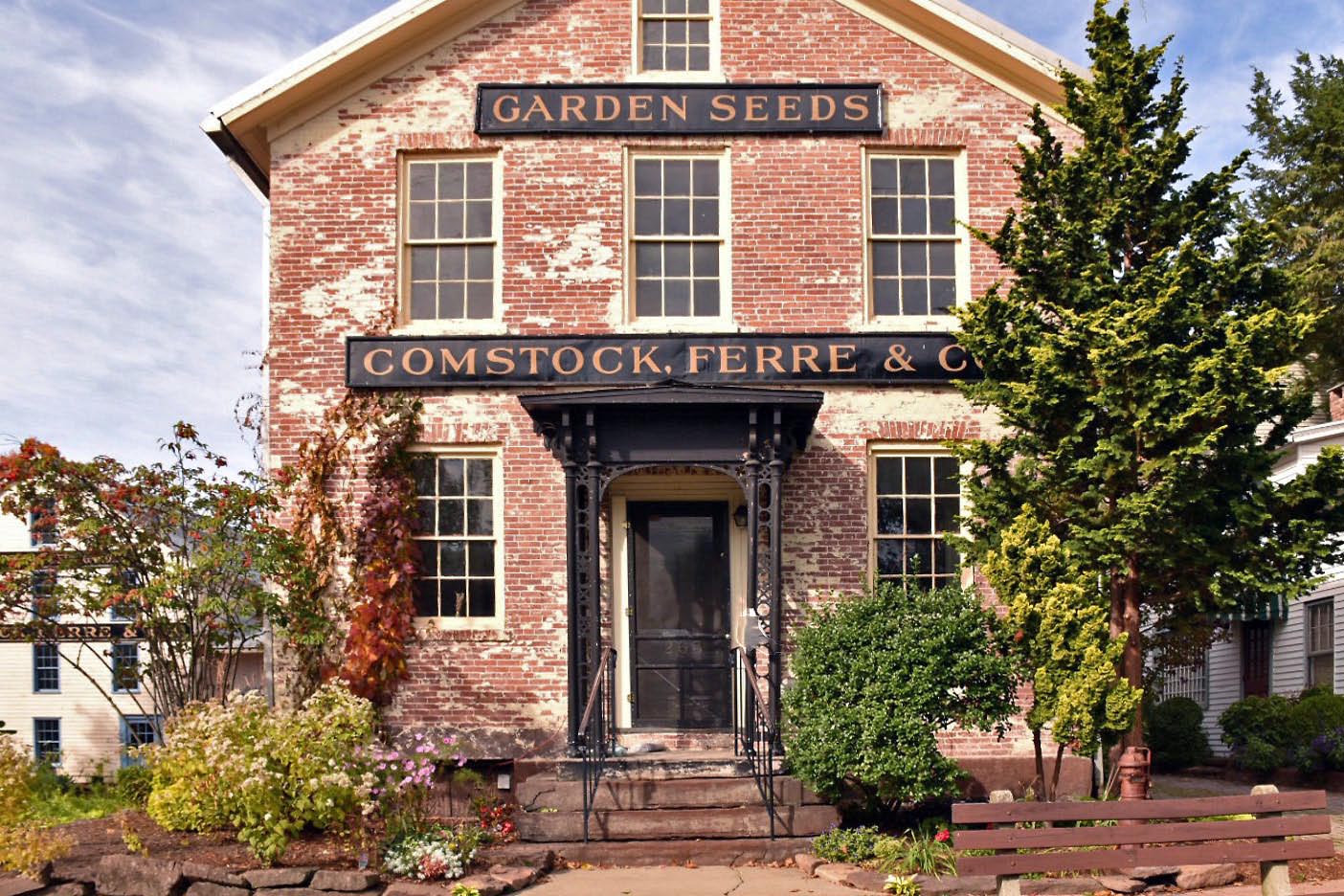



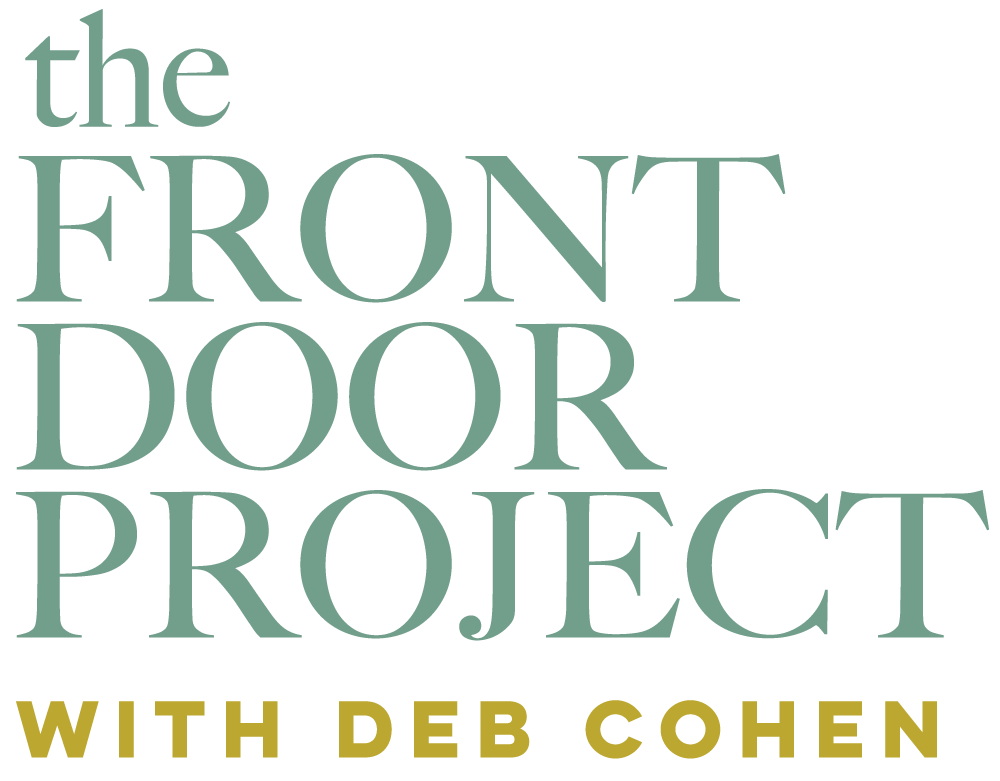
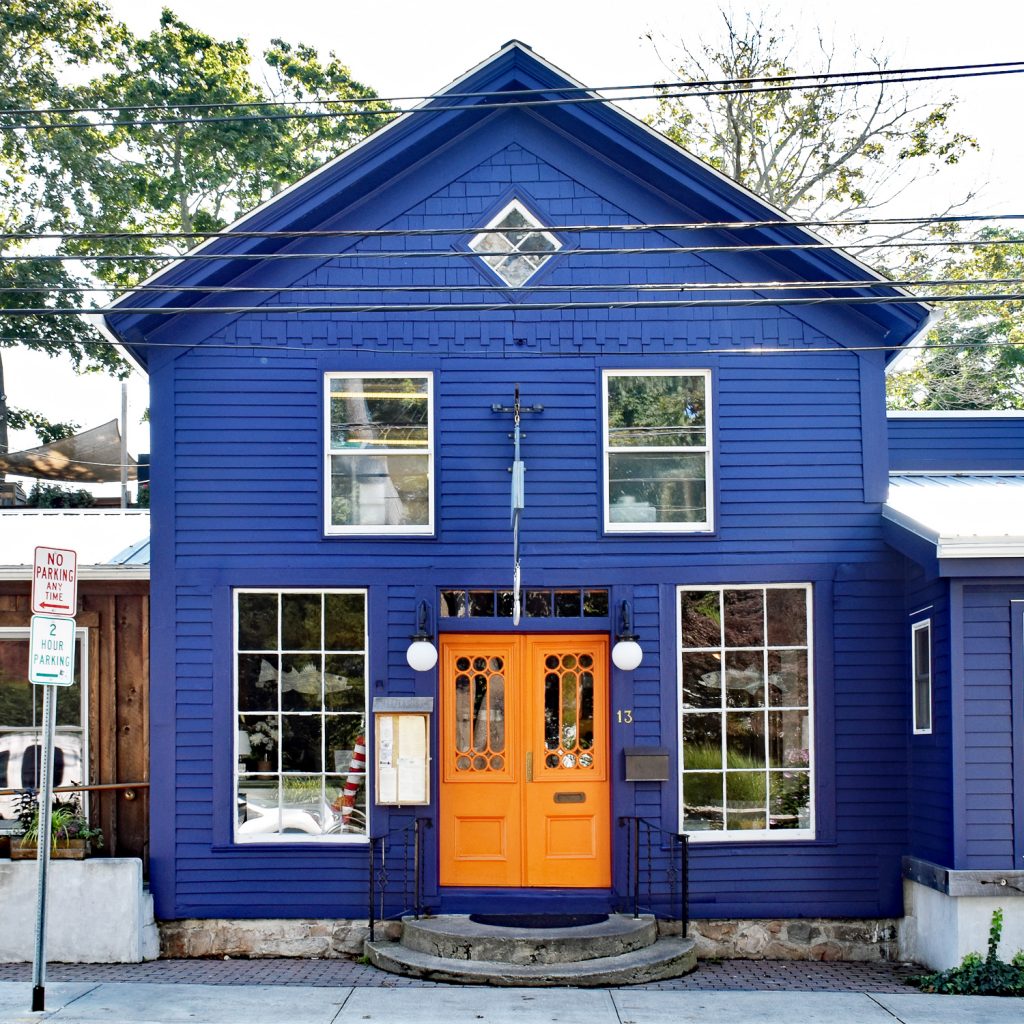
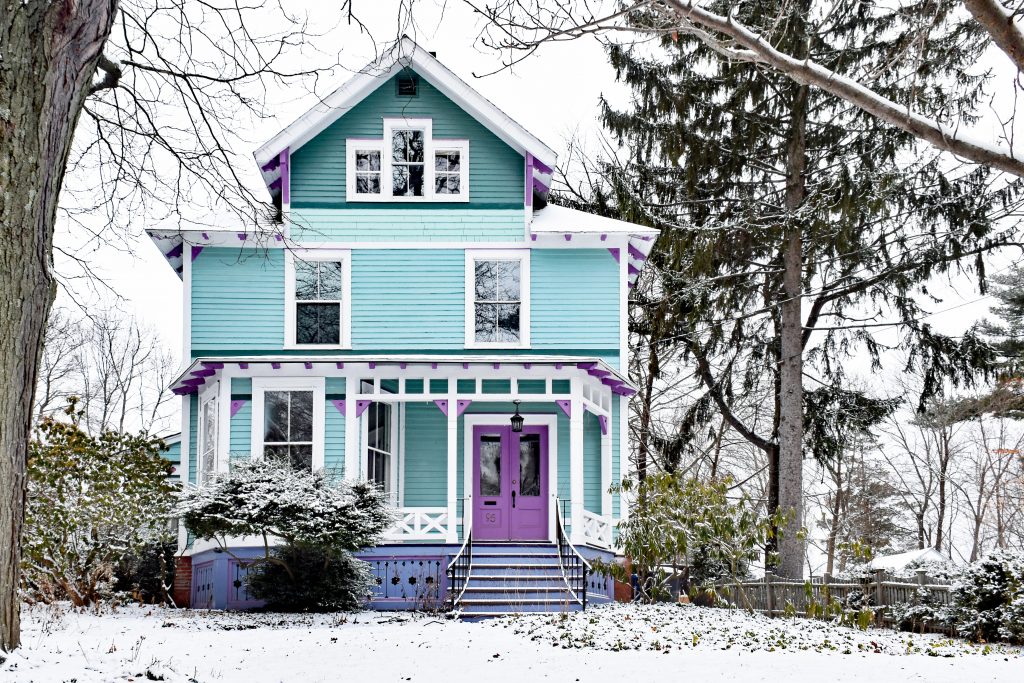
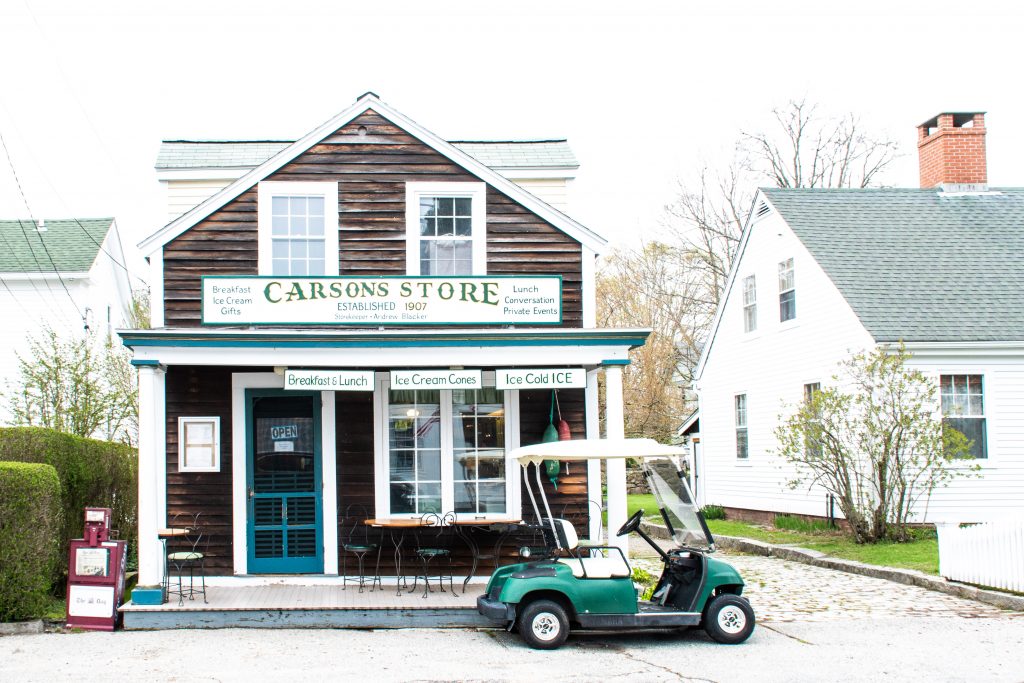
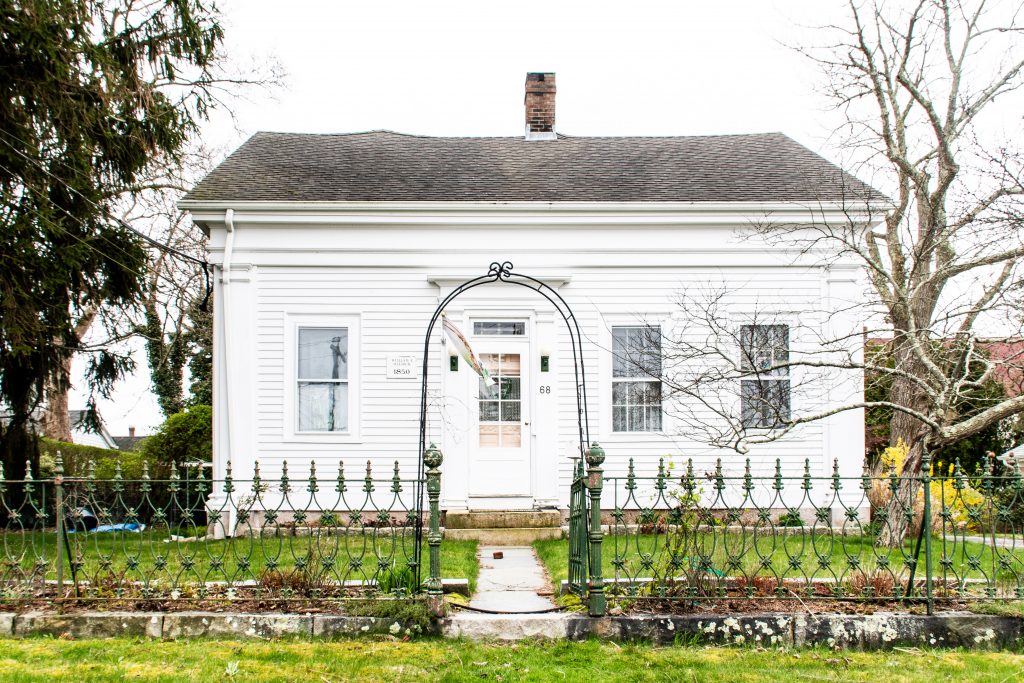
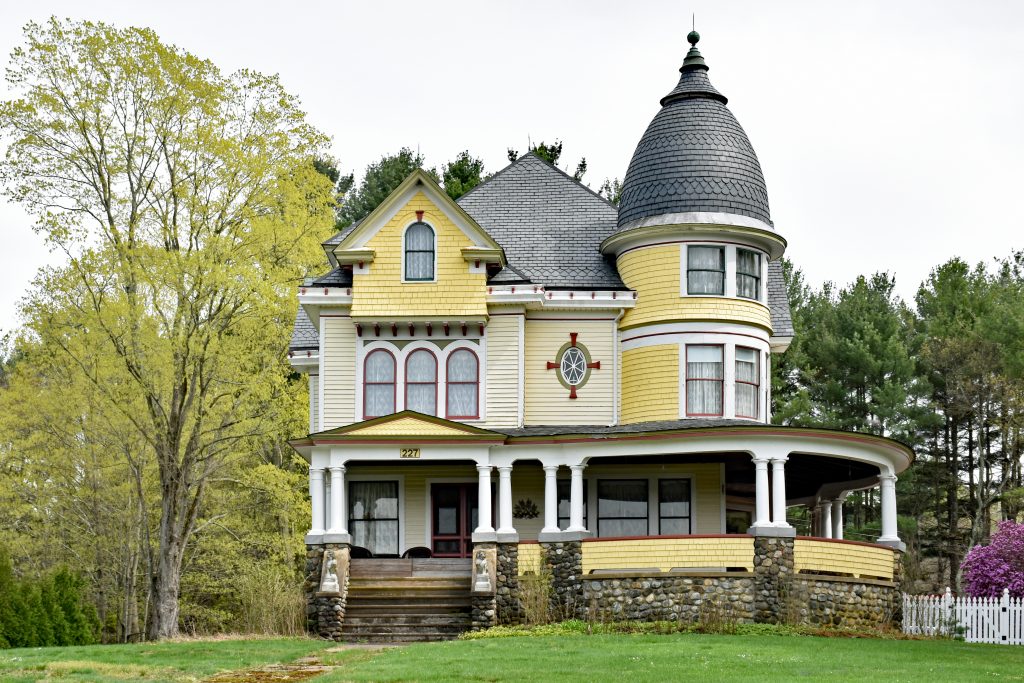
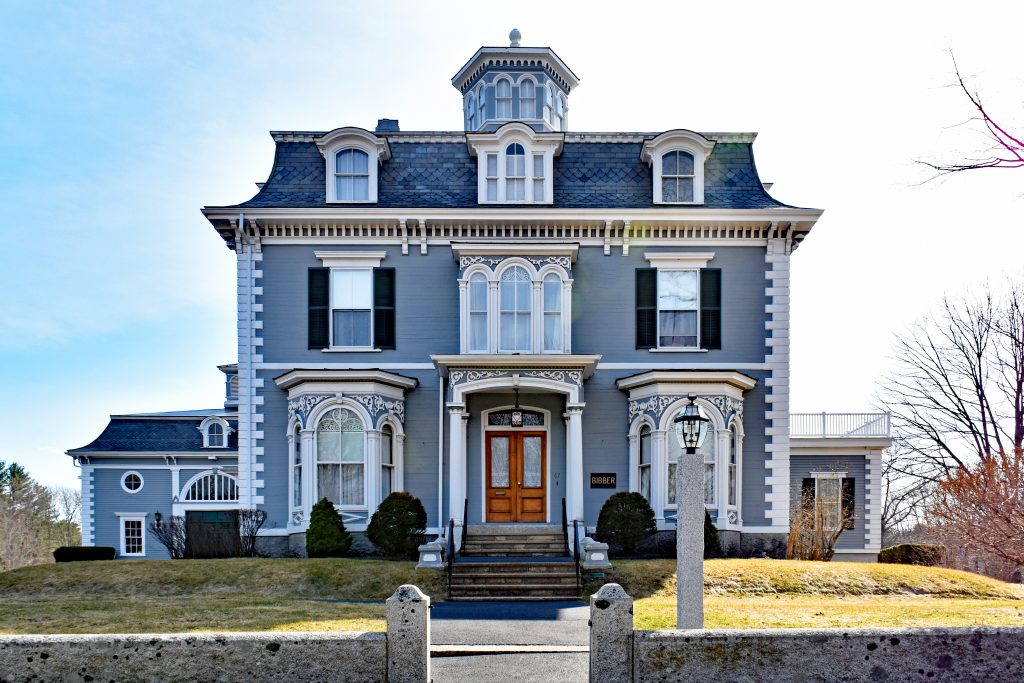
My hometown. Thank you for the nostalgic visit.
I missed this comment earlier! Too funny. I always try to show my subjects from their most flattering angle 🙂
Deb, wonderful photos and history lesson. I really enjoy your work. AJ
Thank you so much AJ! That means a lot coming from you 🙂
Great photos and a nice history lesson. I have driven through this area often. The mill is a pretty amazing complex. I would love to have seen it when it was in operation.
Mill buildings are always fascinating along with their water source. I also really like the trim work on the homes. 🙂
It is just beautiful there. I always enjoy your snaps 🙂